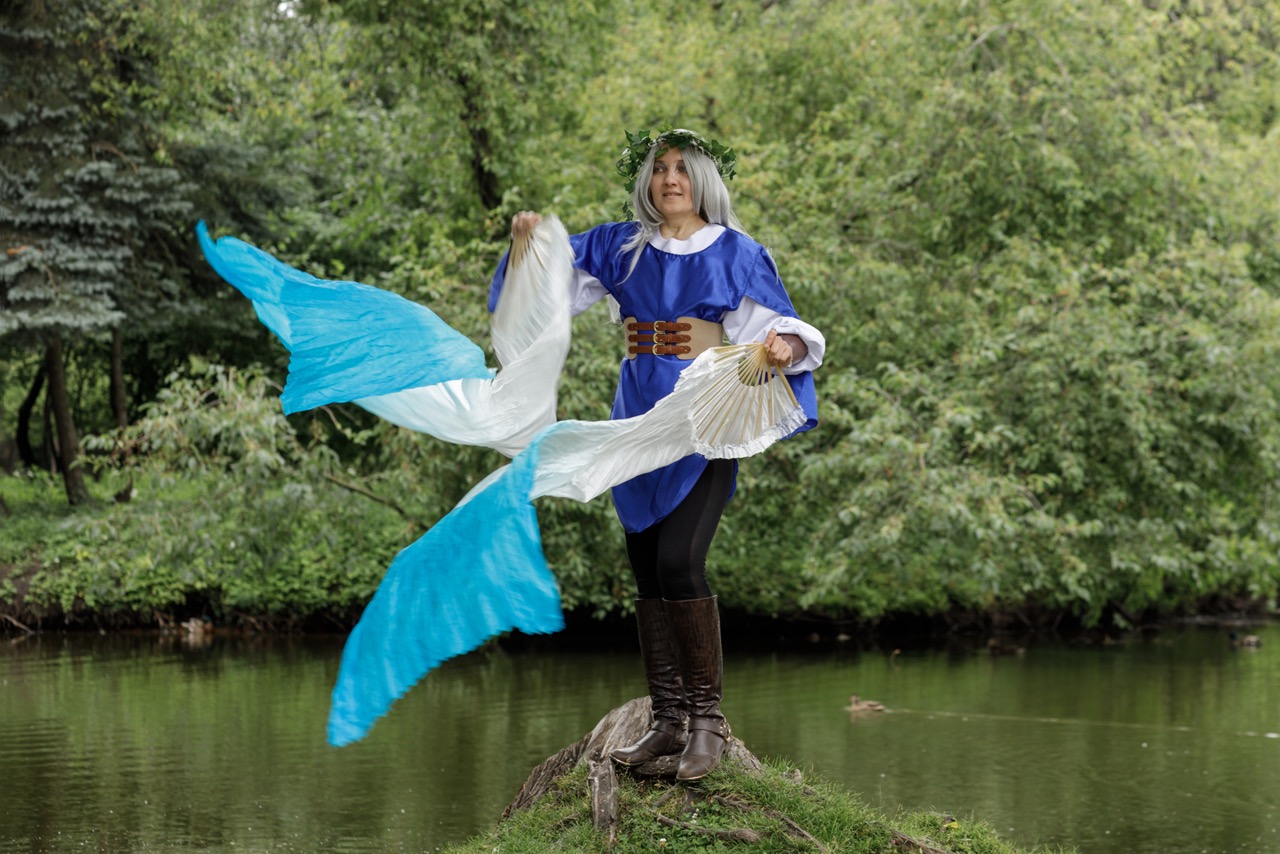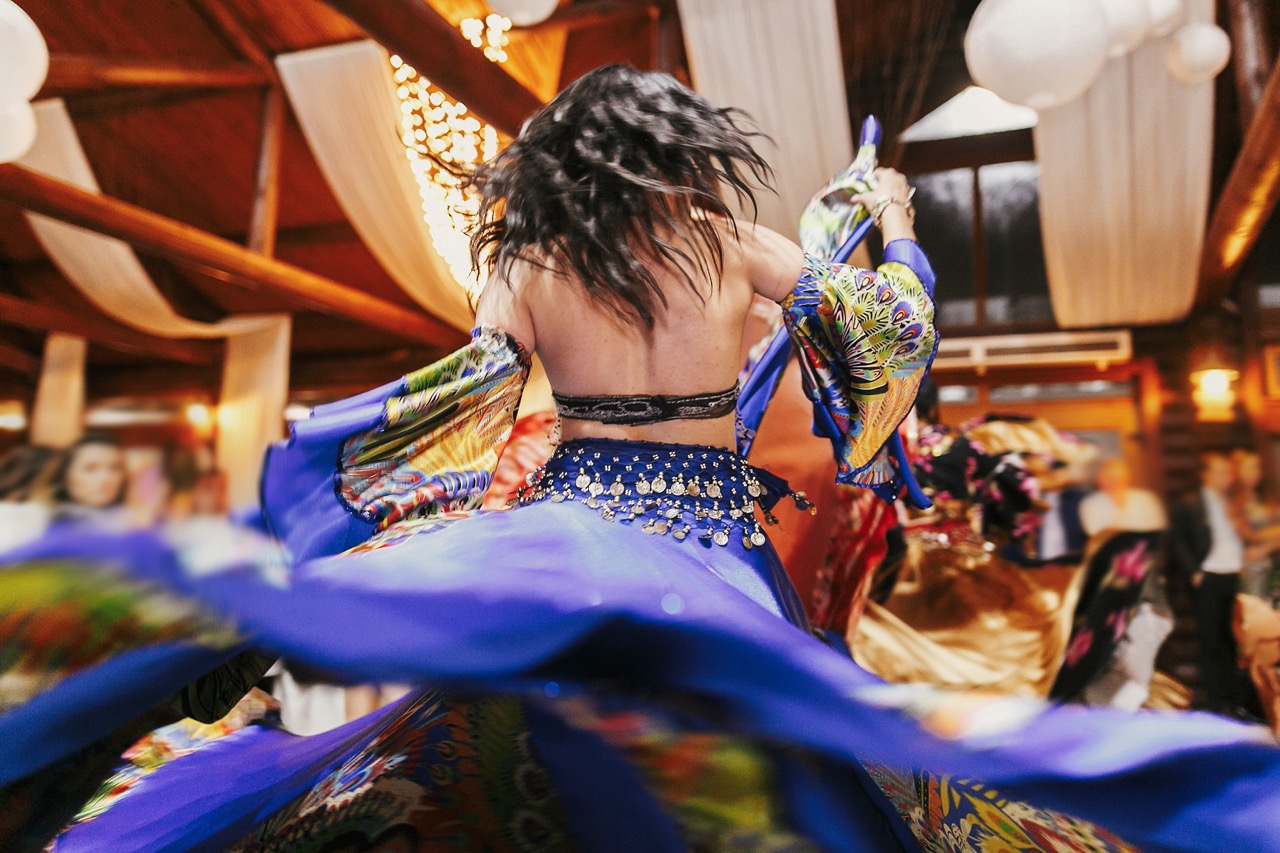Dance wings are more than just a visual accessory; they are an extension of your body that can elevate your performance and convey emotion through movement. Choosing the perfect dance wings requires careful consideration of various factors to ensure they complement your style and enhance your overall presentation. In this article, we will explore key elements to consider when selecting dance wings, including your dance style, material, size and fit, and color and design.
1. Discover Your Dance Style: The First Step to Perfect Wings
Before diving into the world of dance wings, it’s crucial to understand your dance style. Each genre has its own unique characteristics that can dictate the type of wings that will be most effective. For example, if you are a belly dancer, flowing, lightweight wings can accentuate your movements, while a contemporary dancer may benefit from wings that allow for dynamic expression and a broader range of motion.
Next, consider the themes and emotional context of your performance. Are you portraying a mystical creature, or expressing a deep-seated emotion? The narrative you wish to convey will greatly influence your choice of wings. A classical ballet performance might call for elegant, sheer wings, while a more theatrical dance may require vibrant, bold options. Understanding the essence of your dance will guide you towards the wings that best amplify your narrative.
Lastly, don’t forget to observe other dancers in your style. Watching performances can provide insights into how different wing styles complement various movements. Take note of how the wings interact with the choreography and how they enhance the overall aesthetic. This understanding will serve as a foundation for making informed choices when selecting your own dance wings.
2. Material Matters: Selecting the Right Fabric for Performance
The material of your dance wings significantly impacts both the visual effect they create and the practical aspects of your performance. Common materials include silk, organza, and chiffon, each offering different levels of weight and drape. For instance, silk wings can create a beautiful, flowing effect but may require more careful handling, while organza offers a crisper appearance and is typically more durable.
Consider the climate and venue of your performance as well. Lightweight fabrics are ideal for indoor shows where airflow and lighting can enhance the wings’ movement. Conversely, if you’re performing outdoors, a heavier fabric might be necessary to withstand wind and environmental conditions without losing their intended visual impact.
Additionally, think about the level of care required for the fabric. Some materials are more prone to wrinkling or tearing, which can detract from your polished performance. Opt for materials that balance beauty with durability, allowing you to focus on your dance without worrying about the integrity of your wings.
3. Size and Fit: How to Ensure Your Wings Enhance Movement
Size and fit are vital components to consider when choosing dance wings. The dimensions of the wings should align with your body type and the choreography you will be performing. Oversized wings can create dramatic visual effects, but they may also hinder movement if they are too cumbersome. Conversely, wings that are too small may not provide the desired impact or fail to enhance your movements adequately.
When trying on wings, pay attention to how they align with your arm movements and overall choreography. Ideally, the wings should feel like a natural extension of your arms, allowing for fluid transitions between movements. It’s beneficial to rehearse with the wings to assess how they affect your ability to execute specific dance sequences.
Furthermore, consider adjustable or customizable options that can cater to your unique body shape. Some wings come with straps or ties that allow for a more tailored fit, ensuring that they stay securely in place during your performance. This added comfort and security can significantly boost your confidence on stage and allow you to focus solely on your dance.
4. Color and Design: Making a Statement on Stage with Flair
The color and design of your dance wings play a pivotal role in capturing the audience’s attention and conveying your artistic vision. Start by considering the overall theme of your dance piece. Bold colors can evoke strong emotions and energize the stage, while softer hues may create a more ethereal or romantic atmosphere.
Don’t shy away from patterns and designs either! Incorporating prints or unique designs can add layers of visual interest to your performance. However, be mindful of how intricate patterns may distract from your movements; the key is to ensure that the wings enhance rather than overshadow your dance. You could also consider wings with reflective or iridescent materials that catch the light beautifully, enhancing your on-stage presence.
Lastly, think about how the colors of your wings interact with your costume and makeup. A cohesive look will create a stronger visual impact and enhance your performance. If you’re unsure, consult with a choreographer or a costume designer who can help harmonize your colors and designs for maximum effect.
Choosing the perfect dance wings is a multifaceted process that goes beyond mere aesthetics. By understanding your dance style, selecting the right materials, ensuring the right size and fit, and making bold choices in color and design, you can find wings that not only elevate your performance but also tell a captivating story. Your wings should inspire confidence and creativity, allowing you to take the stage with a sense of empowerment and grace. Embrace the journey of selection, and let your dance wings become a magical extension of your artistry.










